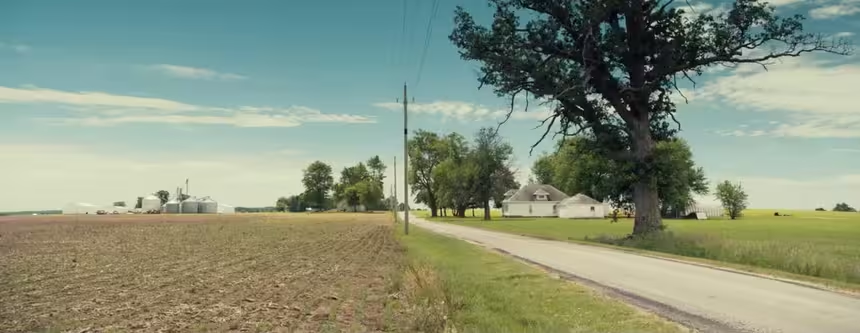Providing Support for PBS.org
Learn Moreabout PBS online sponsorshipThere are no episodes currently available for National Gallery
Frederick Wiseman on NATIONAL GALLERY
Excerpt from an interview in which director Frederick Wiseman discusses making his film NATIONAL GALLERY:
"My films are about institutions, the place is the star. I am trying to make films about as many different aspects of contemporary life as possible. Every film is like a trip to Las Vegas. I roll the dice with the choice of subject matter and hope that I find enough interesting sequences out of which I can make a film. I thought of making a film about a museum at least 30 years ago."
"It was fascinating to not only have the chance to film paintings from one of the world's great collections but also to have the opportunity to film aspects of the work involved in the study, restoration, exhibition, and public education related to the National Gallery's superb collection. I was not particularly interested in the power and political struggles among the staff at the National Gallery. All the major human experiences - birth, death, war, cruelty, kindness, love, ambition, greed, lust, tenderness, and banality - are present in the paintings.
The question of how to film a painting is fascinating. I thought the best way was, when possible, to remain inside the frame of the painting. The painting can fill the screen and the viewer is not distracted by other paintings, the plaque with the name of the artist, the frame or the wall. I think the world of the painting is more present when shot in this manner. The painting becomes less of an object and the viewer can more easily enter its world.
In an abstract way the film tries to compare different ways of telling a story, whether it be a painting, movie, dance, play, poem, or novel. The abstract issues – characterization, passage of time, creation of metaphor – are the same. NATIONAL GALLERY, in an abstract way, tries to suggest how these common issues are dealt with in different forms, particularly in film.
When I start I have no idea of the themes or point of view. I discover the film in the editing."
- Frederick Wiseman
Since 1967, Frederick Wiseman has directed 43 documentaries—dramatic, narrative films that seek to portray ordinary human experience in a wide variety of contemporary social institutions. His films include TITICUT FOLLIES, HIGH SCHOOL, WELFARE, JUVENILE COURT, BOXING GYM, LA DANSE, BALLET, CENTRAL PARK, and CRAZY HORSE.
Wiseman's work has been distributed in theatres and broadcast on television in many countries by his Cambridge, MA company, Zipporah Films www.zipporah.com

Monrovia, Indiana
Visit the web site for Fred Wiseman's 2019 documentary film, MONROVIA, INDIANASupport for PBS provided by:
Funding provided by Canal+, CNC (centre national du cinema et de limage animée), ITVS, Pershing Square Foundation, Planete: Olivier Stroh, Delia Baldeschi, Sandrine Delegiewicz, LEF Moving Image Fund, WGBH Educational...




































